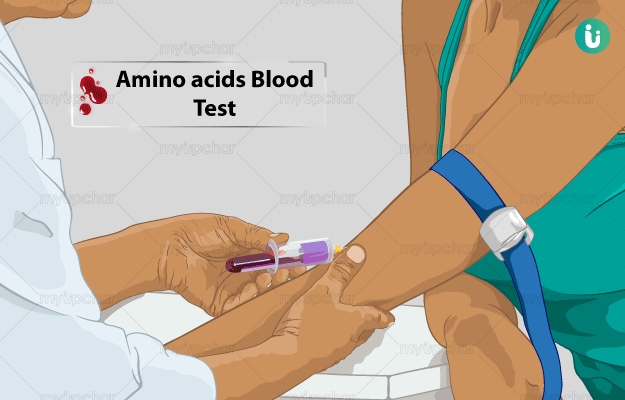What is Amino Acids Blood Test?
Amino acids are the basic building blocks of proteins - the macronutrient that makes up most of our body tissues. Our body needs 20 amino acids to function. Some of these are made inside the body (non-essential), while others are obtained from the diet (essential).
Regardless of the source, amino acids perform various important functions in our body ranging from nitrogen storage to the formation of enzymes and neurotransmitters (signalling compounds that help transmit messages between brain cells). Fluctuations in the levels of amino acids would hence affect the overall health.
These fluctuations may either be due to metabolic errors or genetic abnormalities that affect the body’s ability to take up the amino acids.
An amino acids blood test measures the concentration of amino acids circulating in your bloodstream. This test is used to check if a health condition is due to a deficiency or excess of a certain amino acid.
































